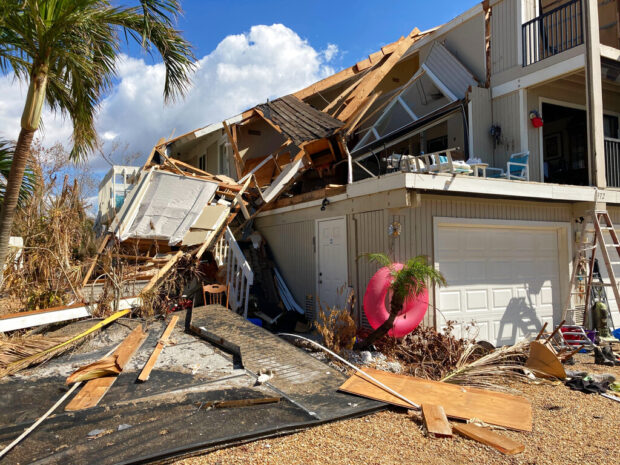A new report by Insurity, a cloud-based software provider for insurance carriers, brokers and MGAs, highlights the best practices insurance organizations can implement to move away from a reactive response to a proactive one when it comes to hurricane season.
In 2022, 75 percent of all global insured losses were recorded in the U.S., with Hurricane Ian responsible for nearly 50 percent of them.
Even with the best technology and in-house GIS experts, hurricanes create a scramble, Insurity’s Hurricane Response Guide found.
When hurricanes strike, P&C insurers are faced with the daunting task of having to quickly convert data files into usable information to provide insights to business partners.
The process repeats every time the organization receives hazard updates, according to the report.
Insurers working with vendors who specialize in automation and analytics aids in removing the technical and time-consuming burden of working with massive streams of complex hazard and event data, the company noted.
The entire process can be automated and emailed within minutes of each update.
“How effectively you prepare for and respond to hurricanes can either be an asset or a detriment to your business,” said Kirstin Marr, chief analytics officer at Insurity. “A proactive approach that streamlines and automates access to expert data and advanced analytics as events unfold is imperative to managing costs and customer satisfaction.”
The guide offers checklists for insurers to use before, during and after a hurricane.
Some questions insurers need to consider before a hurricane:
- What is our loss exposure in hurricane-prone areas?
- Are analytics and automation processes ready for the upcoming season?
- Are vendor contracts in place?
- Are our call centers ready and able to handle an influx of calls during a storm event?
It also includes the necessary steps for conducting a hurricane dry run, allowing insurers to stress test with past scenarios to gain insight into the composition of their portfolio of risks and identify the location characteristics likely to drive losses.
The guide recommends performing what-if scenarios based on past events to highlight any current weakness.
Also recommended, testing workflows from end to end and debriefing staff to find out what worked and what didn’t.
Having data and analytics in place allows insurers an opportunity to “understand and gain an accurate idea of potential concentrations of loss immediately following a hurricane”, the report stated.
Pinpointing the location and extent of claims offers insurers an efficient way to assess the resources and reserving required to respond to a catastrophe loss, “without the need to have boots on the ground to get the initial estimates”.
“Having a robust data and analytics solution that goes beyond public or open-source data and simple analytics is paramount before, during, and after large-scale events,” said Marr. “During hurricanes Ian and Nicole, many…customers had access to event footprints as they became available from our library of data providers, like NOAA, JBA, and KatRisk. These up-to-date footprints coupled with policy exposed limits help insurers understand actual exposure and focus their response efforts.”
(AP Photo/Stephen Smith)





















 AI in Property/Casualty Insurance: Why Trusted Data Is the Missing Link
AI in Property/Casualty Insurance: Why Trusted Data Is the Missing Link  The Future of Knowledge in Insurance: From Training to AI-Powered Productivity
The Future of Knowledge in Insurance: From Training to AI-Powered Productivity  Why Insurance Telematics Integrations Fail
Why Insurance Telematics Integrations Fail  Trump Signs Order Seeking to Limit State-Level AI Regulation
Trump Signs Order Seeking to Limit State-Level AI Regulation 